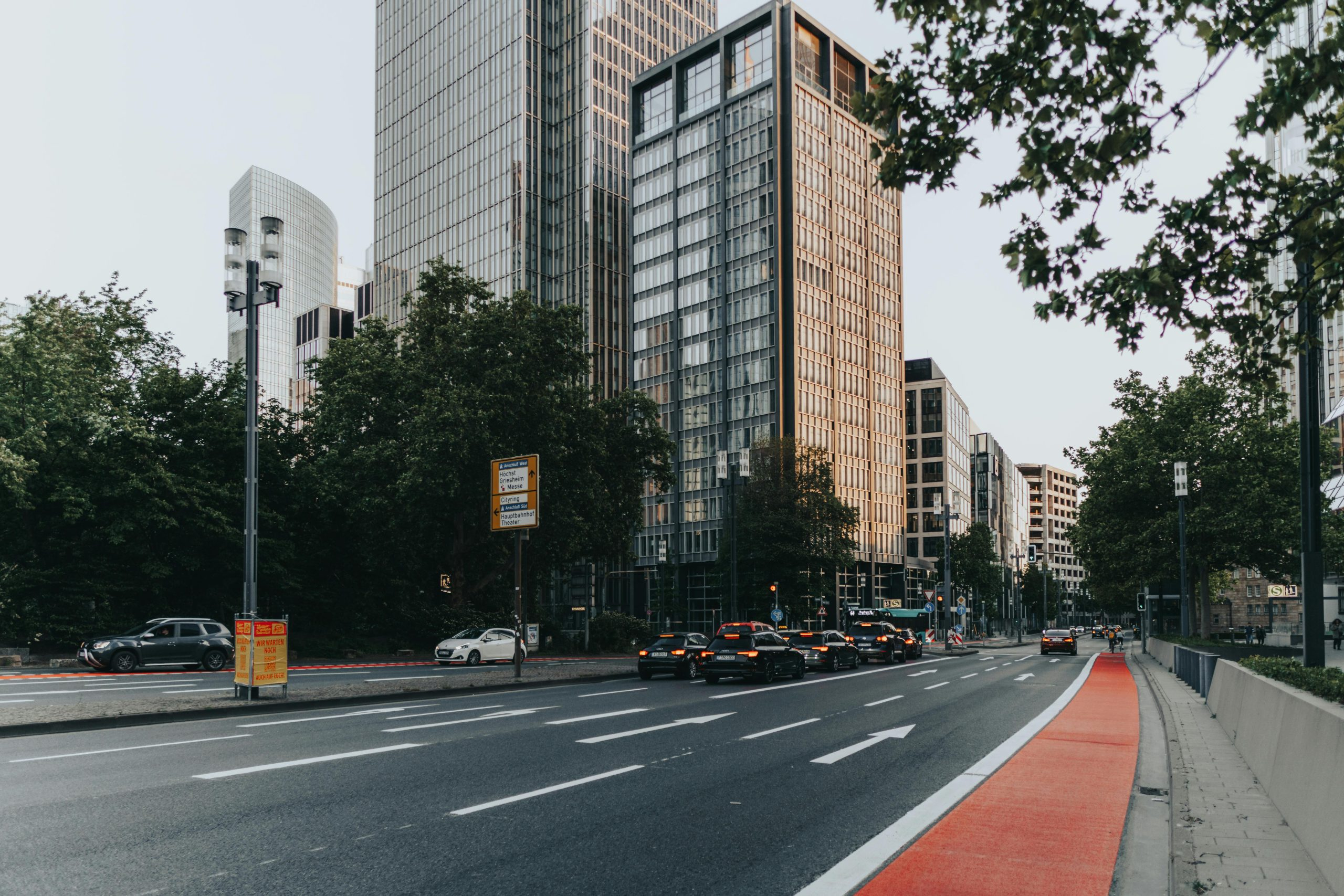Smart City Integration: Cars, Infrastructure, and Urban Planning
With the rapid advancements in technology and the growing concern for environmental sustainability, the concept of a smart city has gained immense popularity. A smart city is an urban area that uses cutting-edge technology to improve the quality of life for its citizens and promote efficient resource management. In recent years, smart city integration has been a key focus for city planners and policymakers, with a particular emphasis on the integration of cars, infrastructure, and urban planning. In this article, we will explore the concept of smart city integration and its impact on cars, infrastructure, and urban planning.
The Role of Cars in Smart City Integration
Cars have always played a significant role in our daily lives, and their integration into smart city plans has far-reaching effects. One of the main aims of smart city integration is to reduce traffic congestion and promote sustainable modes of transportation. This can be achieved through the use of intelligent transportation systems (ITS) that utilize real-time data to optimize traffic flow and reduce travel time. Smart traffic signals, for example, can adjust the timing of traffic lights based on traffic volume, reducing wait times for drivers.
Moreover, smart city integration also involves promoting the use of electric and autonomous vehicles. These vehicles not only reduce air pollution and greenhouse gas emissions but also help to create a more efficient and safe transportation system. With the help of advanced sensors and communication technologies, autonomous vehicles can communicate with other vehicles and infrastructure, improving safety on the roads.
The Impact of Smart City Integration on Infrastructure
Smart city integration also has a significant impact on infrastructure, particularly in terms of energy and resource management. The integration of sensors and internet of things (IoT) devices enables real-time monitoring of energy usage, water consumption, and waste management. This data can then be used to make informed decisions to optimize resource usage and reduce waste, leading to cost savings and a more sustainable environment.
Additionally, the use of smart streetlights, which can adjust their brightness based on the presence of pedestrians and vehicles, not only reduces energy consumption but also improves safety on the streets. Smart waste management systems, on the other hand, can detect when bins need to be emptied and optimize waste collection routes to reduce fuel usage and emissions.
The Role of Smart City Integration in Urban Planning
Urban planning is an essential aspect of smart city integration, as it involves designing cities in a way that promotes sustainability and improves the quality of life for its citizens. Smart city integration provides an opportunity for city planners to incorporate technology and data to create more efficient and livable spaces. For instance, the use of data and analytics can help identify and address issues such as air pollution, traffic congestion, and urban sprawl, leading to better quality of life for residents.
Furthermore, smart city integration can also improve emergency response and disaster management. With the use of sensors and real-time data, emergency responders can quickly identify areas that require immediate attention during natural disasters or other emergencies. This allows for a more efficient and timely response, potentially saving lives and minimizing damage.
Conclusion
In conclusion, smart city integration is crucial for the development of sustainable and livable cities. The integration of cars, infrastructure, and urban planning brings about numerous benefits, including improved traffic flow, reduced energy consumption, and enhanced quality of life for residents. As technology continues to advance, we can expect to see more innovative solutions for smart city integration that will make our cities more efficient, sustainable, and resilient.








